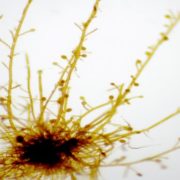
HOW TO BUILD A SEAWEED
Research, The Plant Cell, The Plant Cell: In a NutshellGodfroy et al investigate basal cell fate determination in the brown alga Ectocarpus https://doi.org/10.1105/tpc.17.00440
BACKGROUND: Brown algae are multicellular photosynthetic marine organisms living on rocky shores across the globe and representing one of the most developmentally complex groups…
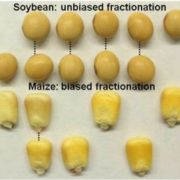
Duplicate Genomes Evolved Differently in Maize and Soybean
Research, The Plant Cell, The Plant Cell: In a NutshellZhao et al. demonstrate that duplicated genomes in maize and soybean followed distinct trajectories over millions of years https://doi.org/10.1105/tpc.17.00595
By Meixia Zhao, Biao Zhang, Damon Lisch, and Jianxin Ma
Background: Over evolutionary time, many organisms, particularly plants, have periodically…

Chloroplasts Use Bacterial Mechanism to Recognize Start Codons
Research, The Plant Cell, The Plant Cell: In a NutshellScharff et al. investigate function of anti-Shine-Dalgarno sequence in chloroplast ribosomes https://doi.org/10.1105/tpc.17.00524
By Lars B. Scharff
BACKGROUND: Cells of plants contain three different systems for protein synthesis: in the cytosol, in plastids, and in mitochondria. Proteins in the…
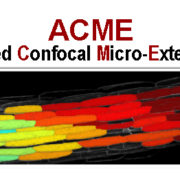
Stretching Plants with Cellular Resolution
Research, The Plant Cell, The Plant Cell: In a Nutshell
Robinson et al. develop a method to measure mechanical properties of plant tissue with cellular resolution https://doi.org/10.1105/tpc.17.00753
Background: Plant growth is controlled by the extensibility of the cell wall and the turgor pressure inside. The spatial regulation of these properties…
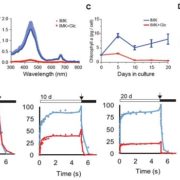
Glucose-Induced Trophic Shift in an Endosymbiotic Dinoflagellate
Blog, Plant Physiology, Plant Physiology: On The Inside, Research, Research BlogDinoflagellates in the genus Symbiodinium have the ability to enter into endosymbiotic associations with corals, providing the metabolic basis for the highly productive and biologically diverse coral-reef ecosystems, as well as with other cnidarians, including sea anemones and jellyfish. The Symbiodinium-coral…

Boron Transport in Rice
Blog, Plant Physiology, Plant Physiology: On The Inside, Research, Research BlogBoron (B) is an essential micronutrient for plant growth and development. Its major physiological function is to maintain the structure of the cell wall by crosslinking pectic polysaccharides through borate-diol bonding of two rhamnogalacturonan II molecules. B is immobile in most plant species. Therefore,…
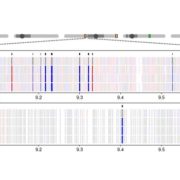
Epigenetic Divergence Associated with Heterosis
Blog, Plant Physiology, Plant Physiology: On The Inside, Research, Research BlogHeterosis refers to the tendency of a crossbred individual to show qualities superior to those of both parents. The phenomenon has been exploited extensively in agricultural breeding for decades and has improved crop performance enormously. Despite its commercial impact, knowledge of the molecular basis…

Mineral Deposits in Ficus Leaves
Blog, Plant Physiology, Plant Physiology: On The Inside, Research, Research BlogMineral deposits occur in many, but not all plant leaves. In those leaves that do have minerals, the mineral type, morphology and the distributions within the leaves are under strict control. In fact, mineralization in certain leaves is a well-preserved trait throughout evolution, indicating that such…
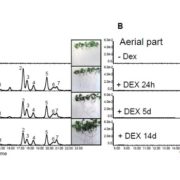
Anthocyanins on Demand
Blog, Plant Physiology: On The Inside, Research, Research BlogAnthocyanins are vacuolar pigments derived from the phenylpropanoid pathway that are produced in many different plant species. The role of anthocyanin accumulation under stress in vegetative tissues is probably linked to the scavenging of reactive oxygen species (ROS). Anthocyanins are powerful antioxidants…

